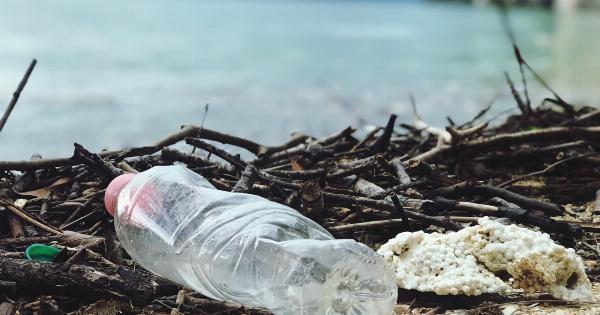The Sahara desert in Africa is the largest hot desert in the world, covering over 3.6 million square miles.
Every year, strong winds blow over the Sahara, picking up dust and sand from the desert and carry them across the Atlantic Ocean to the Caribbean, North America, and South America. This dust is known as African dust or Saharan dust.
What is African dust?
African dust is a mixture of sand, dust, and other particles, such as pollen, bacteria, fungi, and pollutants.
The dust can be transported thousands of miles by winds, and as it travels, it can mix with other pollutants in the air, such as ozone, nitrogen oxides, and sulfur dioxide. African dust is a natural phenomenon, and it has been happening for millions of years. In fact, it is estimated that over 180 million tons of dust are transported from the Sahara to the Americas every year.
How does African dust affect air quality?
When African dust reaches the Americas, it can affect air quality, visibility, and human health. The dust can create a hazy or milky sky, reduce visibility, and even create colorful sunsets.
It can also contribute to the formation of smog and lower air quality.
The dust particles can irritate the eyes, nose, and throat, and exacerbate respiratory problems in vulnerable groups such as children, elderly people, and people with pre-existing respiratory conditions like asthma and chronic obstructive pulmonary disease (COPD).
How does African dust affect the environment?
African dust can have both positive and negative effects on the environment. The dust can provide essential nutrients to the ocean, such as iron, which can stimulate phytoplankton growth and support marine ecosystems.
However, the dust can also carry pathogens and invasive species that can harm ecosystems and native species. The dust can also affect vegetation by reducing photosynthesis rates and damaging plant leaves.
What are the health implications of African dust?
The health implications of African dust are significant for vulnerable groups. Children and elderly people are especially susceptible to the effects of the dust.
The dust particles can trigger asthma attacks, exacerbate respiratory problems, and cause respiratory infections. The dust can also worsen cardiovascular conditions, such as heart disease and stroke. In addition, the dust can carry pathogens and infections, such as meningitis, and attract insects that can transmit diseases, such as malaria and dengue fever.
How can vulnerable groups protect themselves from African dust?
Vulnerable groups can take certain measures to protect themselves from African dust. These measures include staying indoors as much as possible, closing windows and doors, using air filters, and wearing face masks.
People with respiratory problems should also follow their doctor’s recommendations and take their medications as prescribed. Children, elderly people, and people with pre-existing respiratory conditions should avoid outdoor activities, especially during peak dust events.
What can be done to address the impact of African dust on vulnerable groups?
Addressing the impact of African dust on vulnerable groups requires a multi-faceted approach.
This approach should involve public health interventions, such as public health alerts, education, and outreach, as well as environmental policies to reduce air pollution and mitigate the effects of dust storms. Governments and international organizations should also work together to improve air quality monitoring, data sharing, and research to better understand the impact of African dust on human health and the environment.
The Bottom Line
African dust is a natural phenomenon that affects air quality, visibility, and human health.
Vulnerable groups, such as children, elderly people, and people with pre-existing respiratory conditions, are at higher risk of health problems from exposure to the dust. Taking protective measures, such as staying indoors and using air filters, can help reduce the risk of exposure.
Governments and international organizations should also work together to address the impact of African dust on vulnerable groups through public health interventions and environmental policies.































